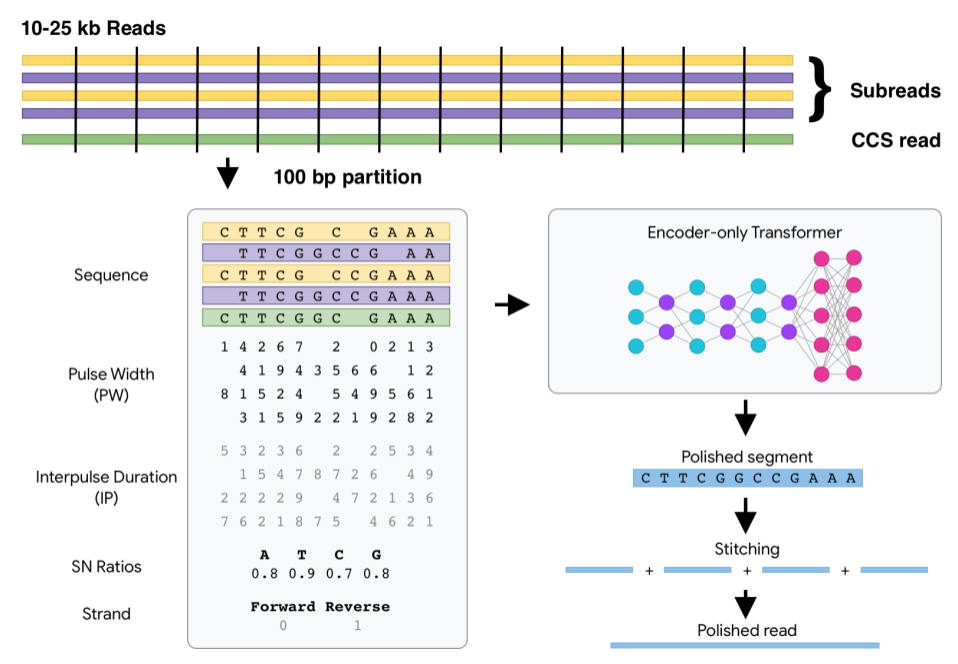LiDAR Distillation
Paper | Model
LiDAR Distillation: Bridging the Beam-Induced Domain Gap for 3D Object Detection
Yi Wei, Zibu Wei, Yongming Rao, Jiaxin Li, Jiwen Lu, Jie Zhou
Introduction
In this paper, we propose the LiDAR Distillation to bridge the domain gap induced by different LiDAR beams for 3D object detection. In many real-world applications, the LiDAR points used by mass-produced robots and vehicles usually have fewer beams than that in large-scale public datasets. Moreover, as the LiDARs are upgraded to other product models with different beam amount, it becomes challenging to utilize the labeled data captured by previous versions’ high-resolution sensors. Despite the recent progress on domain adaptive 3D detection, most methods struggle to eliminate the beam-induced domain gap.
Model Zoo
Cross-dataset Adaptation
| model | method | AP_BEV | AP_3D |
|---|---|---|---|
| SECOND-IoU | Direct transfer | 32.91 | 17.24 |
| SECOND-IoU | ST3D | 35.92 | 20.19 |
| SECOND-IoU | Ours | 40.66 | 22.86 |
| SECOND-IoU | Ours (w / ST3D) | 42.04 | 24.50 |
| PV-RCNN | Direct transfer | 34.50 | 21.47 |
| PV-RCNN | ST3D | 36.42 | 22.99 |
| PV-RCNN | Ours | 43.31 | 25.63 |
| PV-RCNN | Ours (w / ST3D) | 44.08 | 26.37 |
| PointPillar | Direct transfer | 27.8 | 12.1 |
| PointPillar | ST3D | 30.6 | 15.6 |
| PointPillar | Ours | 40.23 | 19.12 |
| PointPillar | Ours (w / ST3D) | 40.83 | 20.97 |
Results of cross-dataset adaptation from Waymo to nuScenes. The training Waymo data used in our work is version 1.0.
Single-dataset Adaptation
| beams | method | AP_BEV | AP_3D |
|---|---|---|---|
| 32 | Direct transfer | 79.81 | 65.91 |
| 32 | ST3D | 71.29 | 57.57 |
| 32 | Ours | 82.22 | 70.15 |
| 32* | Direct transfer | 73.56 | 57.77 |
| 32* | ST3D | 67.08 | 53.30 |
| 32* | Ours | 79.47 | 66.96 |
| 16 | Direct transfer | 64.91 | 47.48 |
| 16 | ST3D | 57.58 | 42.40 |
| 16 | Ours | 74.32 | 59.87 |
| 16* | Direct transfer | 56.32 | 38.75 |
| 16* | ST3D | 55.63 | 37.02 |
| 16* | Ours | 70.43 | 55.24 |
Results of single-dataset adaptation on KITTI dataset with PointPillars (moderate difficulty). For SECOND-IoU and PV-RCNN, we find that it is easy to raise cuda error on low-beam data, which is may caused by the bug in spconv. Thus, we do not provide the model but you can still run these experiments with the yamls.
Installation
Please refer to INSTALL.md.
Getting Started
Please refer to GETTING_STARTED.md.
License
Our code is released under the Apache 2.0 license.
Acknowledgement
Our code is heavily based on OpenPCDet v0.2 and ST3D. Thanks OpenPCDet Development Team for their awesome codebase.
Citation
If you find this project useful in your research, please consider cite:
@article{wei2022lidar,
title={LiDAR Distillation: Bridging the Beam-Induced Domain Gap for 3D Object Detection},
author={Wei, Yi and Wei, Zibu and Rao, Yongming and Li, Jiaxin and Zhou, Jie and Lu, Jiwen},
journal={arXiv preprint arXiv:2203.14956},
year={2022}
}
@misc{openpcdet2020,
title={OpenPCDet: An Open-source Toolbox for 3D Object Detection from Point Clouds},
author={OpenPCDet Development Team},
howpublished = {\url{https://github.com/open-mmlab/OpenPCDet}},
year={2020}
}

![[NeurIPS-2021] Mosaicking to Distill: Knowledge Distillation from Out-of-Domain Data](https://github.com/zju-vipa/MosaicKD/raw/main/assets/intro.jpg)



